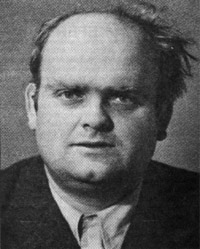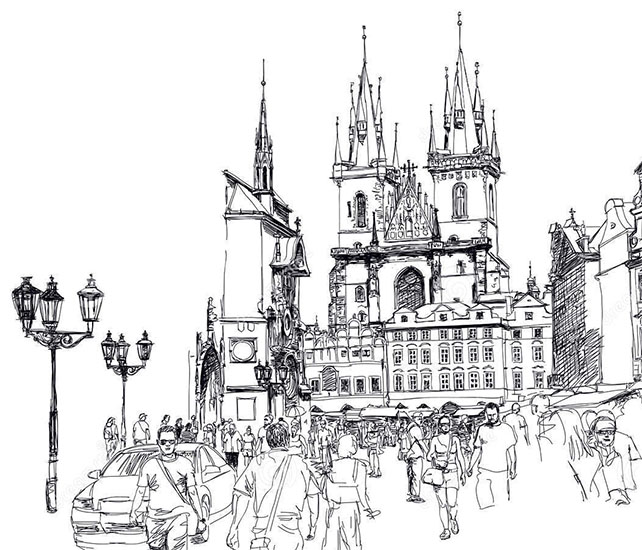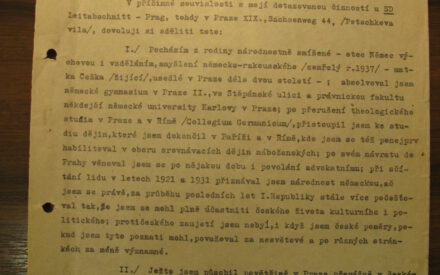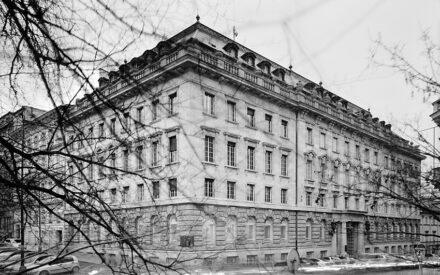
National Museum

The National Museum has, since the late nineteenth century, served as a national symbol and backdrop for some the Prague’s most momentous political events. Yet a quieter drama involving the occult, Nazi rule, and a man name Jan Kefer played out behind its doors during the occupation. Prague has a long tradition of occult practices that has included astrology, alchemy, faith healing, and tarot card reading – practices represented by a variety of organizations that flourished in the interwar period. Kefer, a librarian in the National Museum was one of the most celebrated occultist of his day and the founder of Universalia, an umbrella organization for occultists.
Kefer had also mentored a number of young Pragers, including Jiří Smíchovský. Smíchovský was a devoted practitioner of the occult, an interest that he cultivated with great passion upon his return to Prague from Western Europe in 1929. Smíchovský had spent countless hours in the Clementinum and the National Museum consulting old texts. He was on close terms with some of Prague’s most reknown occultists, and he spent long evenings performing ceremonies with a select group of close friends.
The two men’s lives would intertwine again after the Nazi occupation, when Smíchovský had become an informant and agent provocateur for the Sicherheitsdienst. In May of 1941 Rudolf Hess, deputy Führer to Hitler and devoted occultist who had also practiced clairvoyance, fled to England. Enraged, Hitler set in motion Aktion Hess – mass roundups of occultist throughout the Reich and in the Protectorate. The Prague Gestapo proved to be especially eager participants because, as Smíchovský wrote in his postwar deposition, they believed occultists were contributing to anti-Reich attitudes among the Czechs. Occultists allegedly called upon Czech heroes from the past for deliverance. They cast spells on Hitler and German soldiers.
Smíchovský spent quite a deal of time in his deposition describing the success of Aktion Hess in Prague in arresting the city’s occultists. All of the circumstantial evidence, and one postwar testimony, argues that Smíchovský provided the Sicherheitsdienst with names, including Kefer’s. After his arrest in August 1941 he was sent to a concentration camp, where he died shortly thereafter.
In his deposition, however, Smíchovský argues that Kefer had been betrayed by a Czech architect whom the famous occultist had, allegedly, swindled out of 50,000 crowns. Indeed, Smíchovský goes out of his way to besmirch the character of his former mentor, no doubt as part of an effort to distance himself from his arrest and murder. Indeed, the passage is fairly typical of the document as a whole. Smíchovský demeans the character of those whom he betrayed, even as he denied betraying them, all the while congratulating himself on his intellectual abilities and a job well done.
Další místa na téma "Collaboration"



